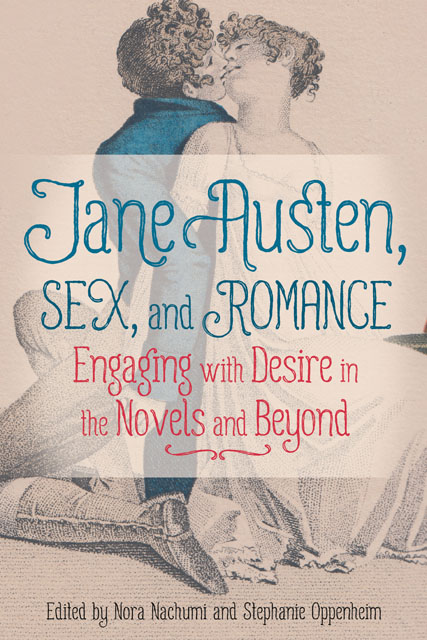Book contents
1 - Austen’s Teasing, or What the Wit Wants
Published online by Cambridge University Press: 11 January 2023
Summary
“How can you be so teazing?”(7). Mrs. Bennet’s how-can-yous, sprinkled throughout her conversations in Jane Austen’s Pride and Prejudice, are complaints, rhetorical expressions of her irritation rather than questions for which she expects an answer; with nerves that need quieting, she is accustomed to living an impacific life, habituated to an irritated mode of being. How can a husband be so tiresome as not to intuit her motivations? (He has, of course, but doesn’t want to tell her so.) How can he “abuse” his children “in such a way?” (5). How can he talk “so”? (4). The sos and suches that accompany Mrs. Bennet’s complaints are simple indications—how can he tease her this way—but pointing out what has irritated her cannot relieve her bewilderment about what makes the world an irritant or what makes a partner want to tease, and pointing out that she has been irritated may even incite more teasing, as only she seems not to know. Mrs. Bennet’s fitful question is astute, though, in its insight that those who tease are being as much as acting, assuming an identity that functions for them and tells on them at the same time. Wondering how the teaser can be so teasing, this essay suggests, is crucial to understanding Austen’s linguistic erotic, which has been so influential for, now, centuries of readers who have learned from her with luck sometimes to recognize (and with something worse sometimes to misrecognize) in teasing’s witful frictions a provocation in the direction of sex or love. Taking Mrs. Bennet’s question seriously highlights those moments in her writing when Austen lingers on the interaction of the teaser and the teased. And taking Mrs. Bennet’s question seriously—considering why the teaser teases—also means coming to know teasing as a behavior and an identity close to Austen-the-wit at her most contemplative about our reasons for being.
A scene toward the end of Joe Wright’s 2005 adaptation of Jane Austen’s Pride & Prejudice upends the traditional view of the Bennets’ marriage. Jane Bennet has just been betrothed to Mr. Bingley, and the camera movesfrom window to window at the Bennets’ home, Longbourn, peering in as if to check on how the family is responding to the changes wrought by the betrothal. Stopping at Mr. and Mrs. Bennet’s bedroom, it shows us the couple in bed; it is bedtime, but they have not yet extinguished their candles.
- Type
- Chapter
- Information
- Jane Austen, Sex, and RomanceEngaging with Desire in the Novels and Beyond, pp. 15 - 29Publisher: Boydell & BrewerPrint publication year: 2022



